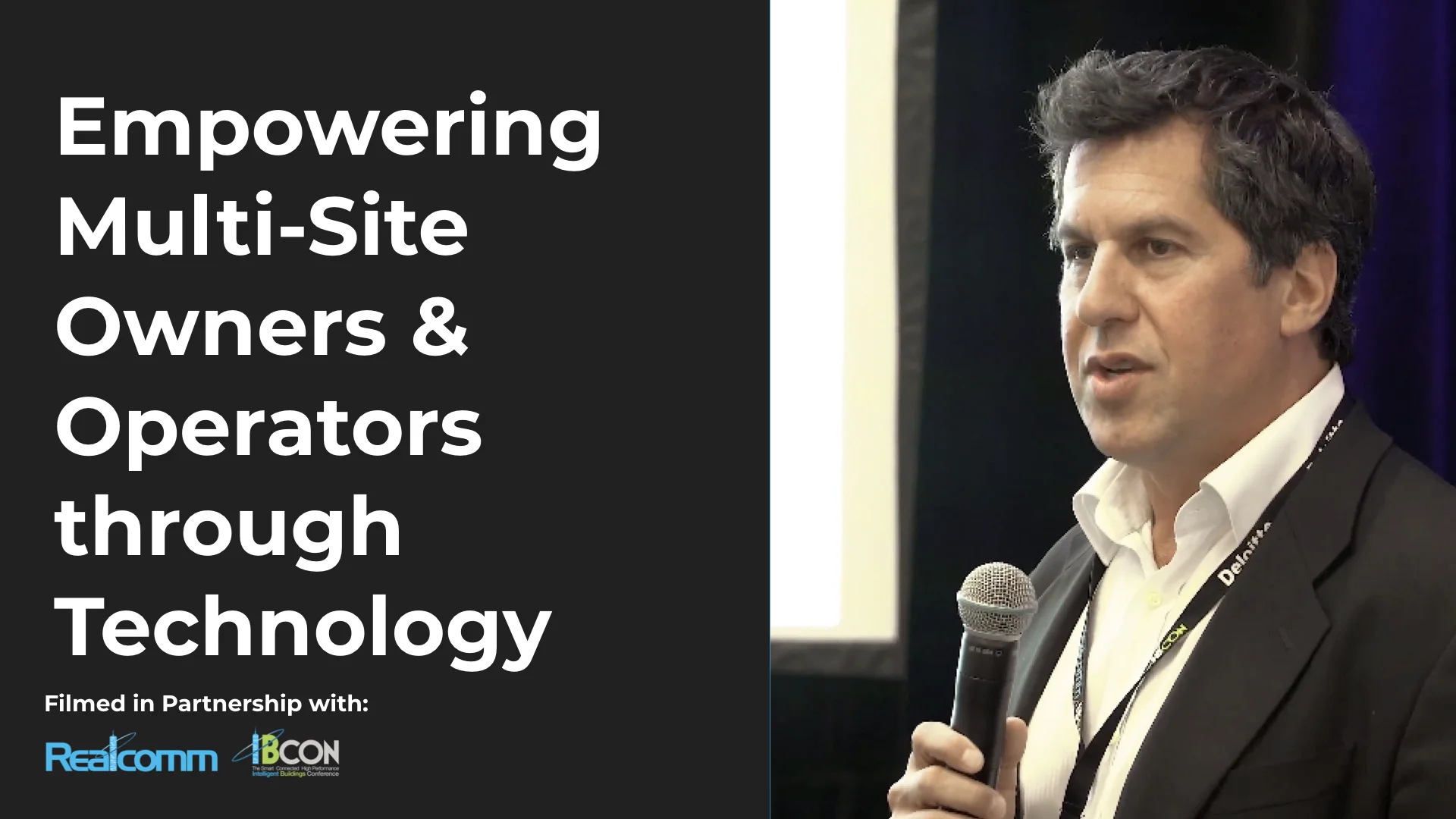By elevating the level of transparency within a portfolio of mixed assets, owners and operators can use actionable insights to improve the performance of their portfolio. WATCH to learn more.
Filmed in partnership with Realcomm | IBcon.
VIEW PRESENTATION:
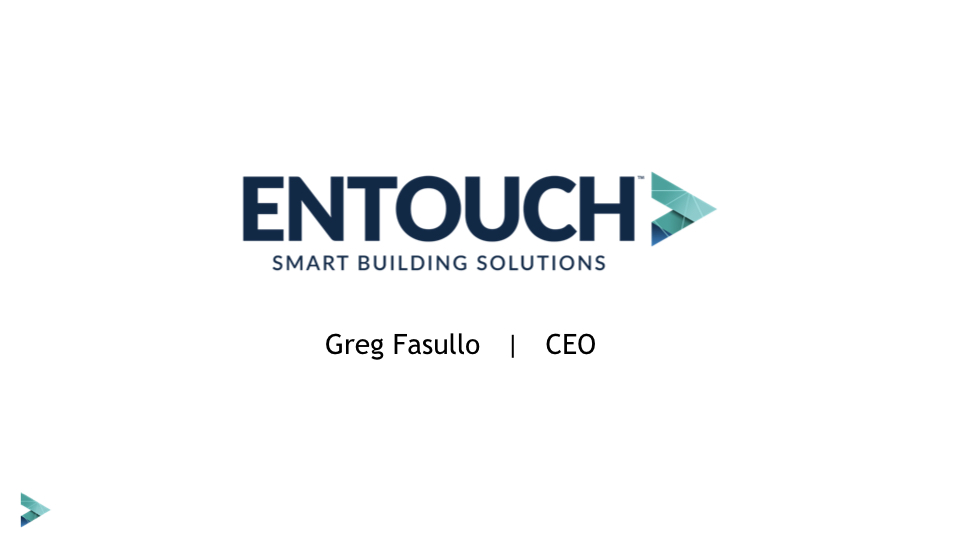
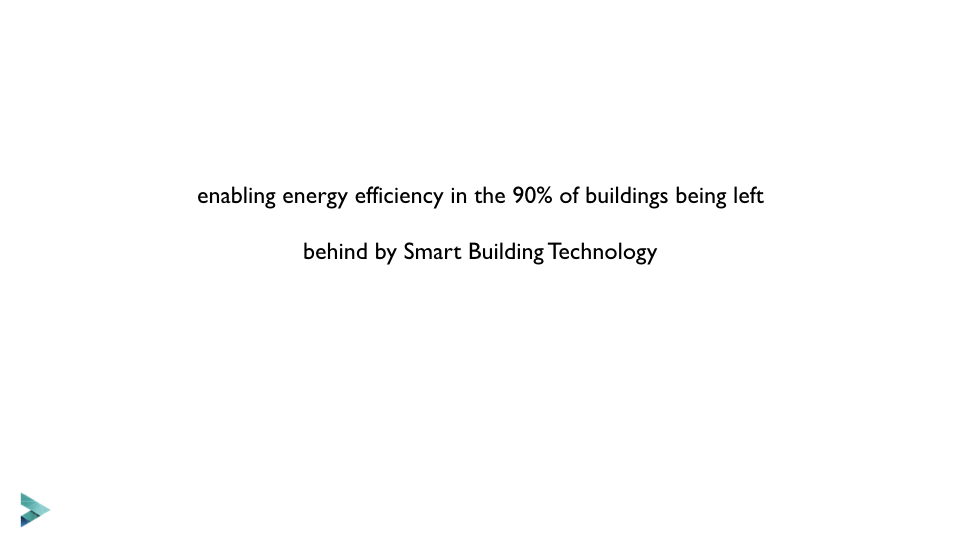
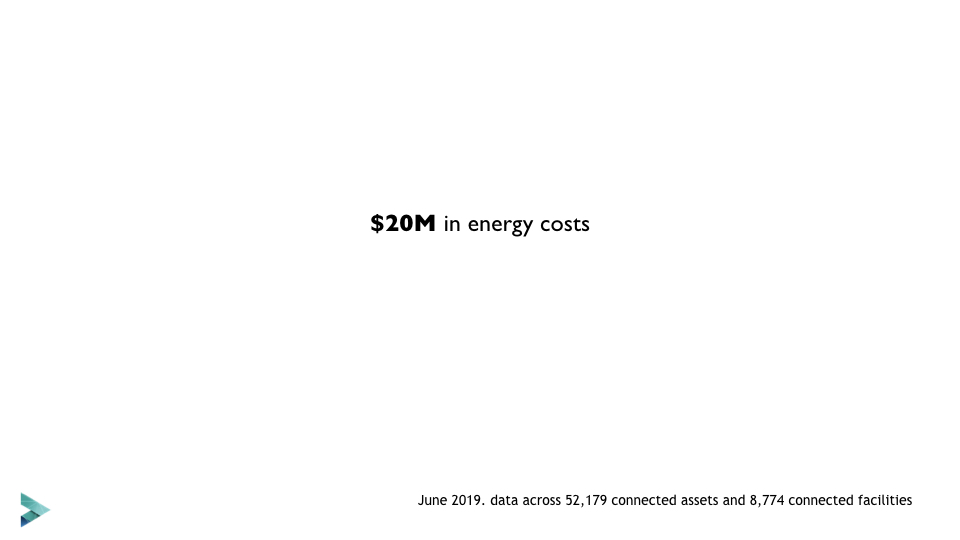
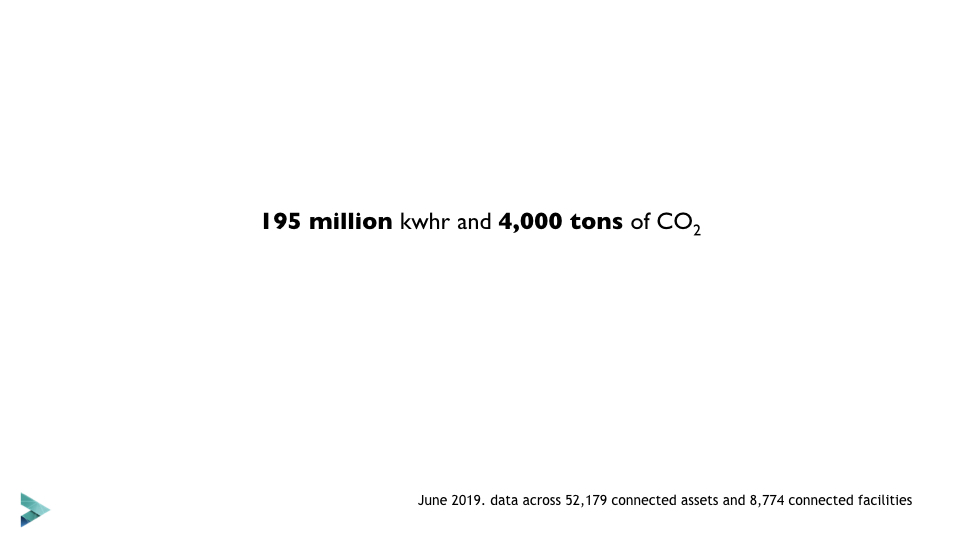
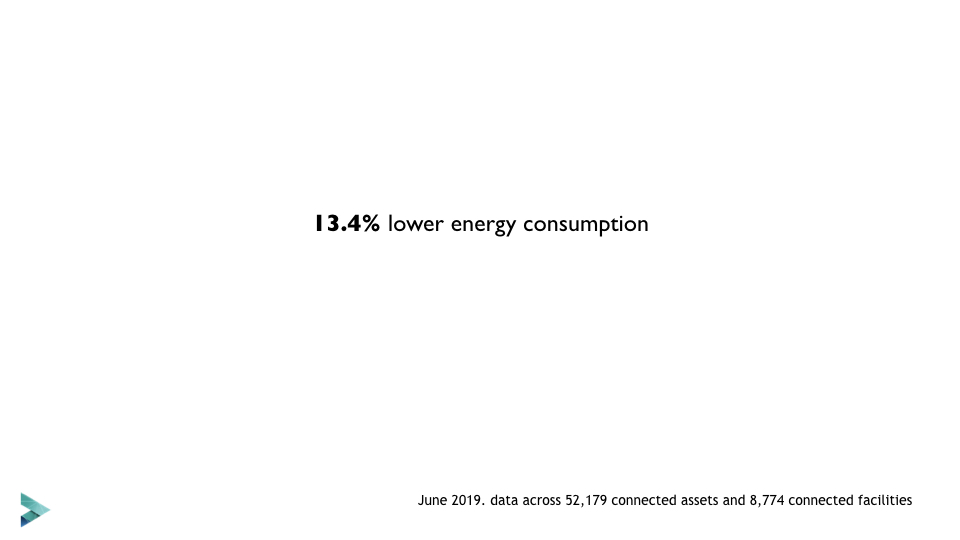

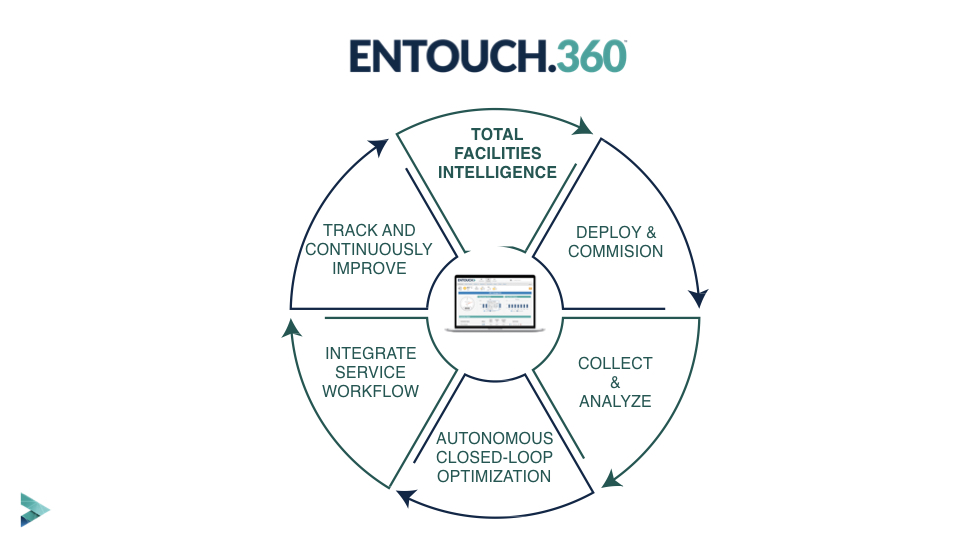
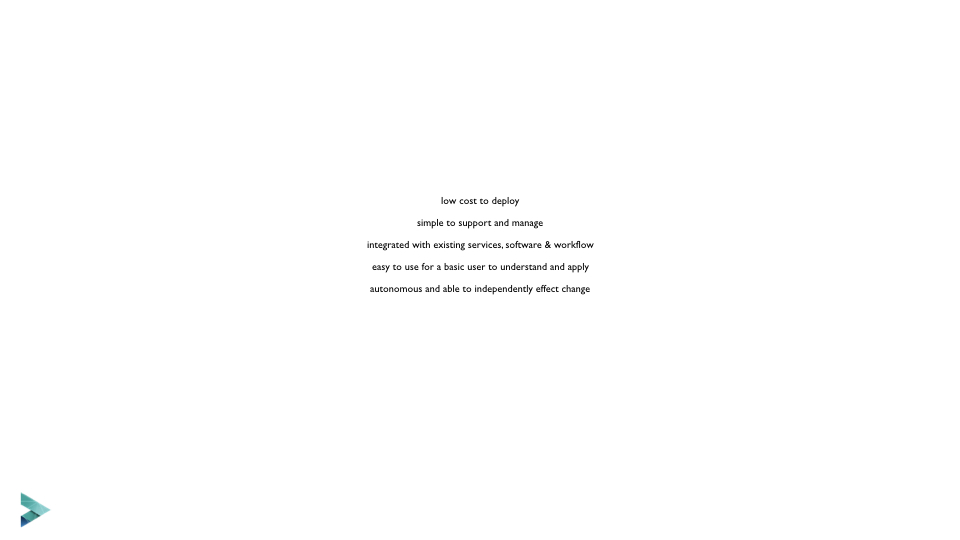
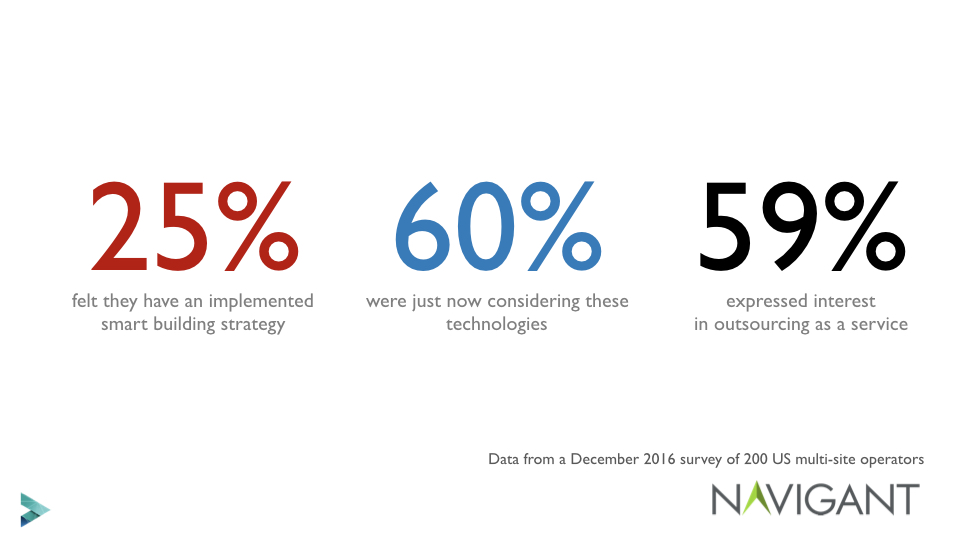
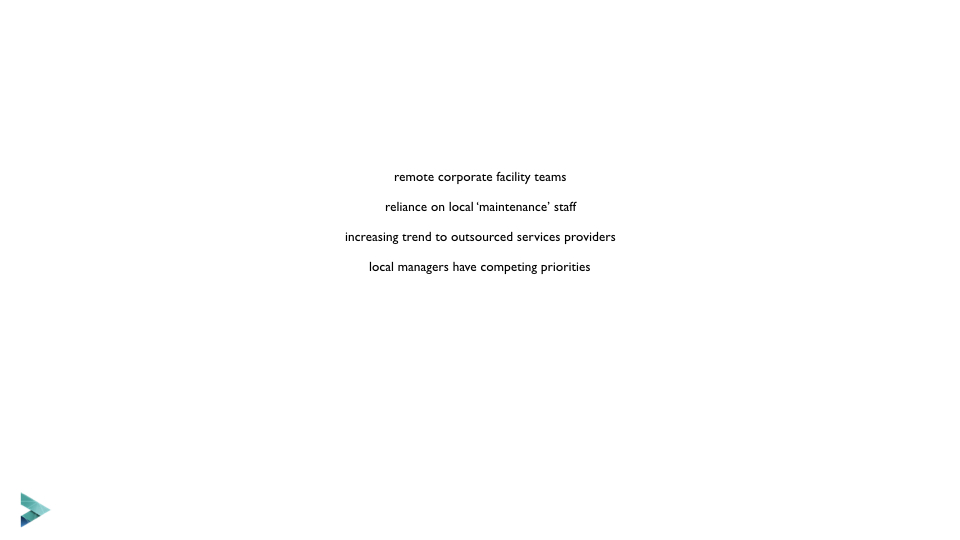
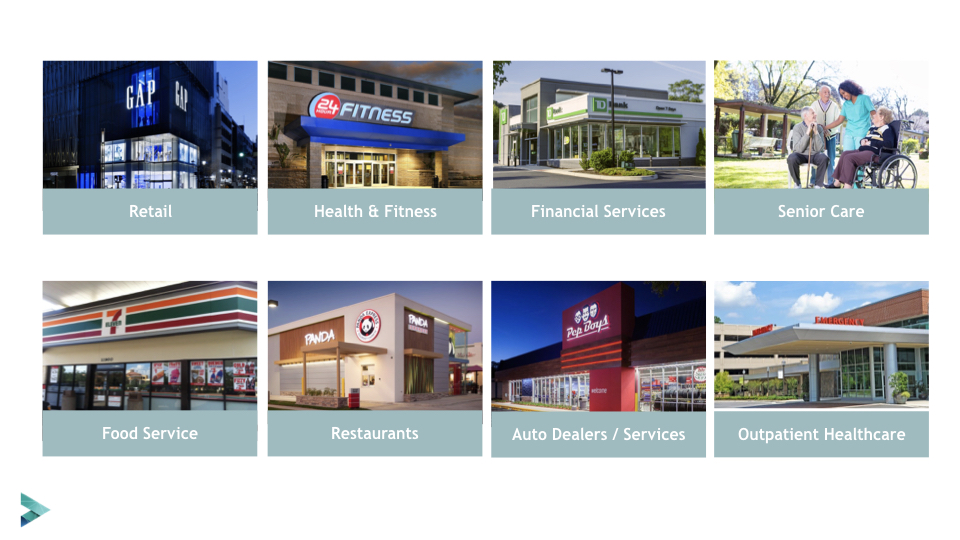

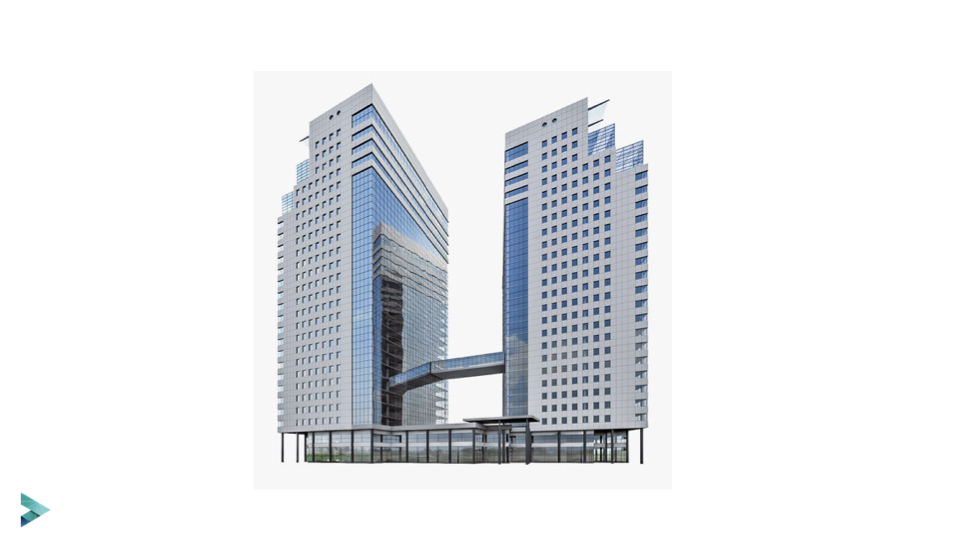


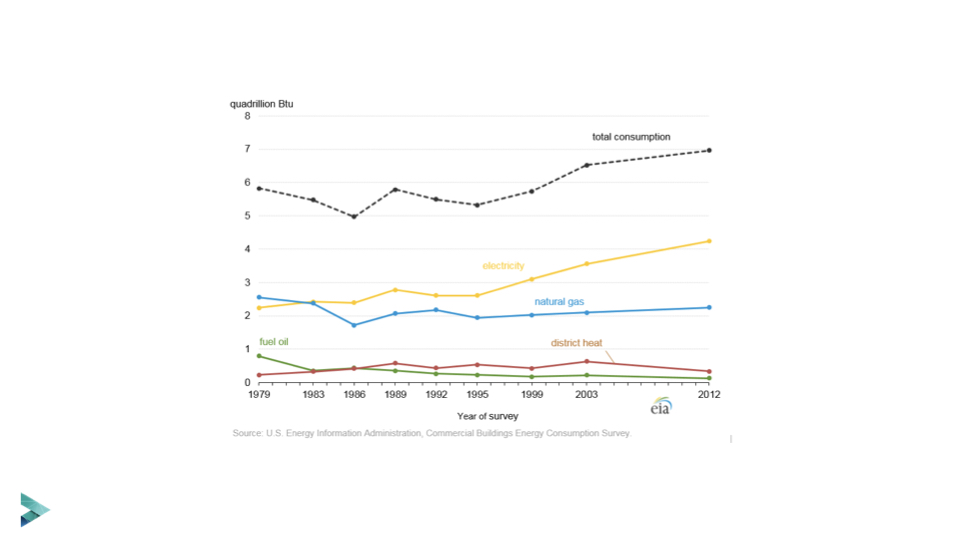

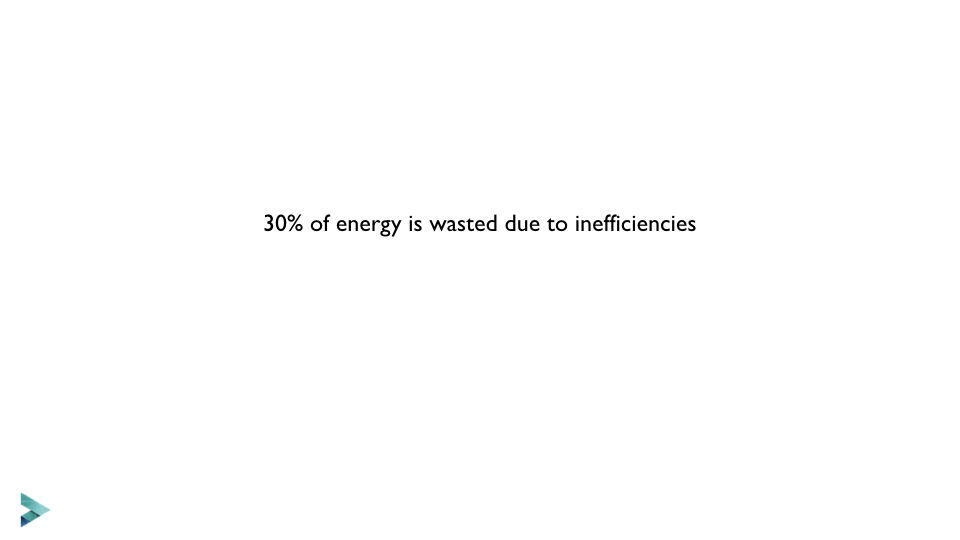

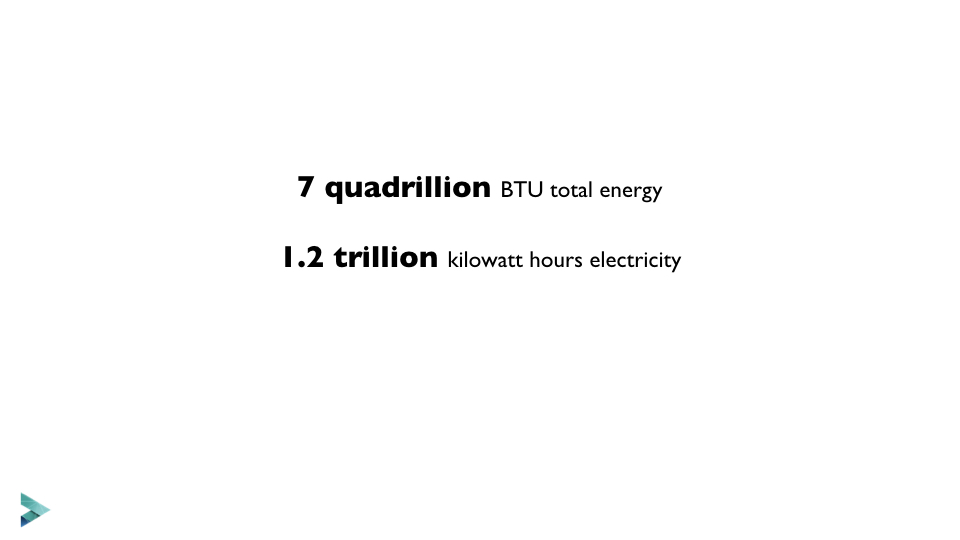
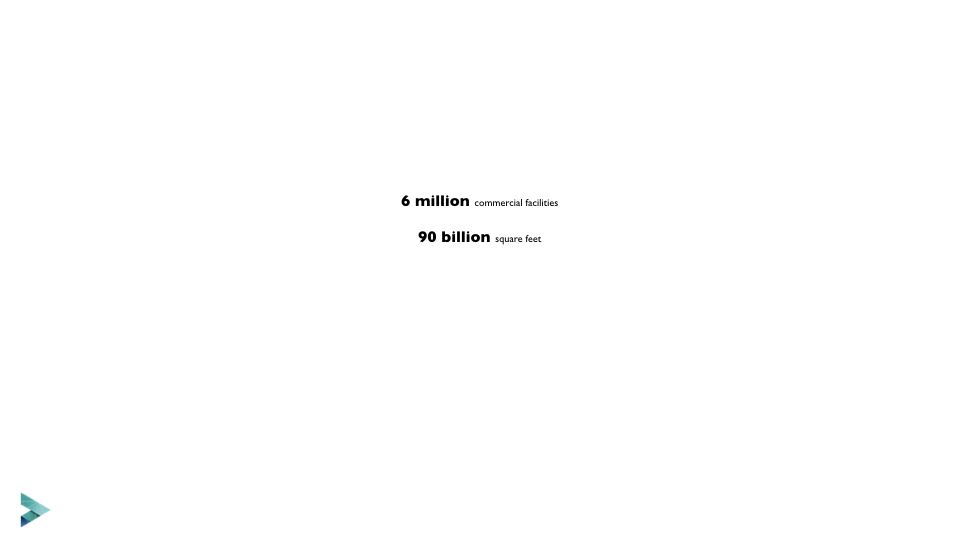
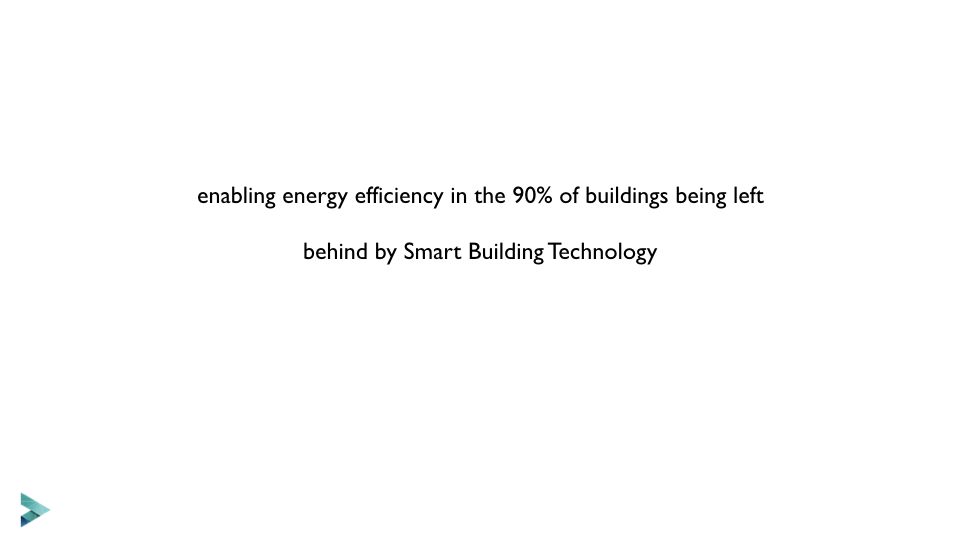
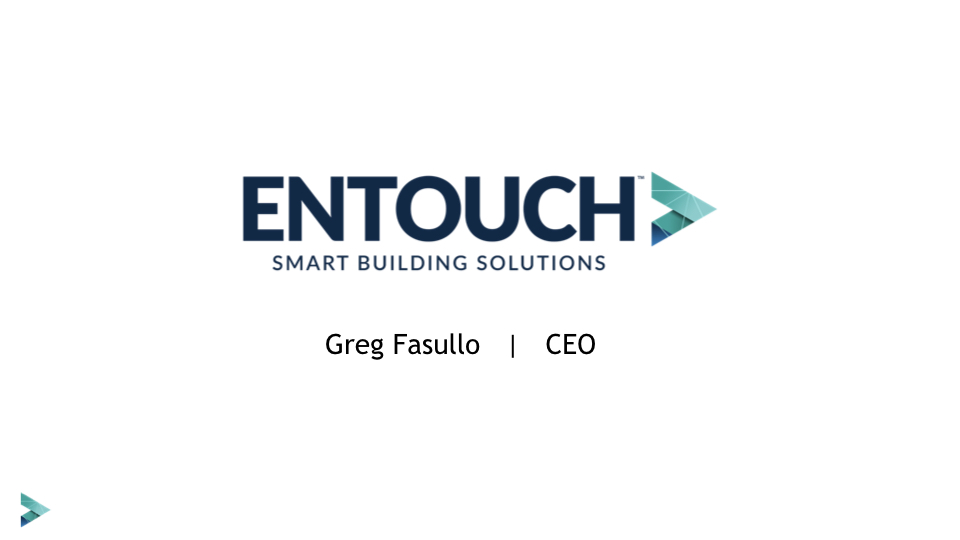
VIDEO TRANSCRIPT:
Good afternoon everybody, my name is Greg Fusillo, I am the CEO of Entouch. Entouch is a smart building automation platform currently focusing on the large number of multi side distributed facilities, portfolios are not large centralized buildings and what we view that we do is we enable the promise of smart energy technology in facilities that they are mostly left behind by smart building tech and the infrastructure.
In particular our clients are either operators or tenants in these facilities. They could be the landlord as well. What we enable to do is connect the building take data and enables sustained reductions on energy maintenance and capital expenditure. I'll focus a little bit on energy to Star because energy is a great opportunity. You hear the speeches here. There are significant opportunities to address energy efficiency in buildings with relatively modest capital investments and process investments and very large returns. So we all know there is about 6 million commercial buildings in the US, about 90 billion square footage.
Those buildings use a lot of energy. I actually put this slide together 7 quadrillion BTU’s. I don't even know how many zeros you had to put on an excel spreadsheet to calculate what a quadrillion was I had to look it up. About 1.2 trillion kilowatt hours of electricity which again big number. How big is that? the equivalency in coal fired power plants 360 coal fired power plants are required to power all the commercial buildings in the US today there are only 359 of those plants in existence.
So essentially at buildings we're 100 percent efficient. We can eliminate all of the coal usage in the United States, a fairly audacious goal. On top of that, if you look at EIA government estimates, a large portion of energy and buildings is actually just wasted. Wasted due to inefficiencies, its wasted due to lack of people and processes in those buildings. While we hear a lot about smart building technology, the building to connect the assets in a facility, the climate control the lighting to use database on occupancy to drive changes in behavior in the buildings and optimize energy efficiency, the rally is electricity consumption in buildings is actually going up.
So why is that. If we've got all these great technologies if they have fantastic ROI’s why are we having issues where energy efficiency is not catching up with buildings. And the dirty secret is, most of these smart building technologies are designed for facilities teams they're designed for organizations that have people on the ground, that have people and process to drive change. They're not designed for the majority of buildings that do not have onsite facilities.
Those organizations are distributed typically geographically they're centralized from a small corporate facilities team but they simply lack the people, the processes and the priority to focus on energy efficiency at the regional.
Now we think of buildings we think of large buildings like the one we’re in. Typical class A building here where there's a hotel or it's an office very large square footage, buildings with significant infrastructure, but the reality is that it's just a small portion of commercial buildings. Most commercial buildings are actually small less than 1% of buildings by building count are greater than 200,000 square feet that only represents 20,000 or 20% of the available square footage and buildings. What are these smaller buildings?
Well their buildings and services that you know well. They are retail stores they are restaurants they are health and fitness chains there are financial services the small facilities that are distributed geographically that have very unique pain points very unique operational priorities from a large building that has onsite facilities and can be operated in a different way with a smart building technology platform. Many of these organizations do not have the onsite facility, they've got a remote team. If it's a thousand location enterprise a health and fitness chain you do have people in corporate who are thinking about energy efficiency. They're thinking about investments in technology but locally they rely on essentially maintenance people.
Occasionally you'll have regional tech or a facility person. But the people are thinking about energy and efficiency are not on at the buildings. In addition there is a trend to rely on outsourced services. You may have an onsite maintenance tech you probably rely on somebody that provides IFM to actually do the work in your facilities. So an organization in charge of keeping the lights on and keeping that facility running. But the line item that they touch on maintenance is a very different line item for a strategic item like energy. So they're fundamentally dis aligned with an incentive to reduce energy consumption.
Then you rely on the manager so the P&L typically rolls up to the regional manager or the local manager the store manager, that individual to some degree, has visibility to energy inefficiency because in their P&L they have much bigger priorities running the organization dealing with staffing and the top line issues at that location.
To put that in perspective a Navigant study multi site operators in 2016 essentially talking to folks and these people have building automation systems they've got a range of technologies roughly a quarter felt that they had a smart building technology strategy for their organization. So even though they've adopted a building automation system or a BMS or an energy management system the past their disconnected assets and they really didn't feel they had a connected smart building technology strategy.
Sixty percent were aware of the pain point they're aware of energy they're aware of sustainability challenges they are looking to do better and operate more efficiently. They're just now starting to evaluate what they want to purchase. And over half of them, when they're surveyed will tell you, they'd actually like to outsource this in the service. So what they're telling you is they also realize we have other priorities as we're outsourcing non core services energy management optimization of our energy footprint probably something we're not the best at and we're looking at providers that can do that for us as a service.
That's where Entouch comes in. What do you have to do to solve this problem? Well at heart it's not a technology, it's not a hardware, it's not a systems level problem. It's a holistic software and services problem. The buildings may or may not have a connected system. You need to deploy some way of connecting and access and those are the equipment in those facilities. The buildings when they're connected you've got a commission. So if you connect the system is built you've got to know the various conference rooms you've got to know where occupants are.
You have to know how that building is supposed to occupy. Think about doing that over a suite of outpatient health care clinics that are all different in size of different assets on the roof have different operating hours in different parts of the country. How do you deploy at very low cost very high quality has to be done with software. Now it connected that building and I've got this firehose of data and all is great information coming in. I can figure email alerts on every time there's a problem. The next thing I know is I my email box is filling up. I turn off the alerts. There's got to be a process that you can take that data coming in. You can analyze it and you can quickly enable support for the ongoing operation of the site.
It has to be integrated. So I've got a services provider I've got an IFM provider. They are the boots on the ground they've got the work order system seeing the mess that I use. Any new solution cannot be a point solution that requires additional work, to extract value it has to be integrated with the existing workflow. That's probably the most important point on this slide. Most legacy systems were independent point solutions. They were not integrated. They were not open and essentially people have deployed these systems and they're a little bit stuck. How do I extract value out of what I've already invested.
They're very basic users has gotten very easy to use and then ultimately to effect change in these distributed facilities. You don't have a facility team that can optimize HVAC temperatures or do maintenance initiatives to try to improve the efficiency of the rooftop that the systems have to be autonomous to be able to adjust. They've got a watch. They've got a rack based on user behavior and ultimately affect the change to drive real change.
Entouch does this through a software platform today, we've got about fifty thousand of our systems deployed in the US leading multi site operators. We start with the ability to deploy and commission. We are a software platform so this third party tech shows up on site, he's got the Entouch app on his mobile device. You can install our platform. He can connect with existing assets and then we can remotely commission that design. Now we've got a high quality installation and we're collecting data. We're streaming it to the cloud. We start doing things with it. So we collect that data we analyze that data. We apply machine learning. We help you optimize the operation of the building autonomously. And now as a facility individual you move from having no intelligence of what's going on and having real time data and the reactive tasks that are associated data.
We've integrated with your third party services provider and ultimately you can take this organization. You can start pulling the young in you can start feeling figuring out opportunities to optimize and continuously improve. So what we enable in organizations that traditionally were reactive there are maintenance and support they're keeping the lights on of these facilities but they don't fundamentally have the ability to optimize to transform that facility organization into one that can be strategic that could be thinking long term and frankly could be pulling levers to optimize and reduce energy in those facilities.
So in addition to the operational benefits most of our customers are the facility organization and corporate they love the fact that now they've got an automated enterprise ultimately the business case is driven by energy because that is a large line item this year. Our average customer today saves about 13 percent on their energy bill. Not bad. It's about two hundred million kilowatt hours and over 4000 tons of carbon that we are saving today on an annual basis across our clients. And what they really like because that's equivalent to about 20 million dollars a year of economics.
So that's Entouch. We enable and frankly we deliver on the promise of smart dollar technology and multi site organizations. Great. Thank you very much for your time.

